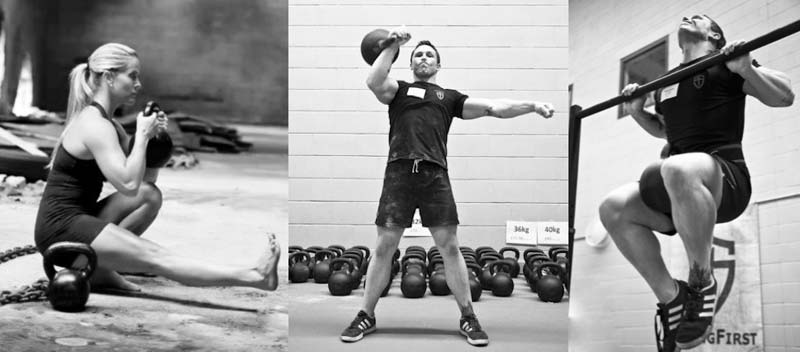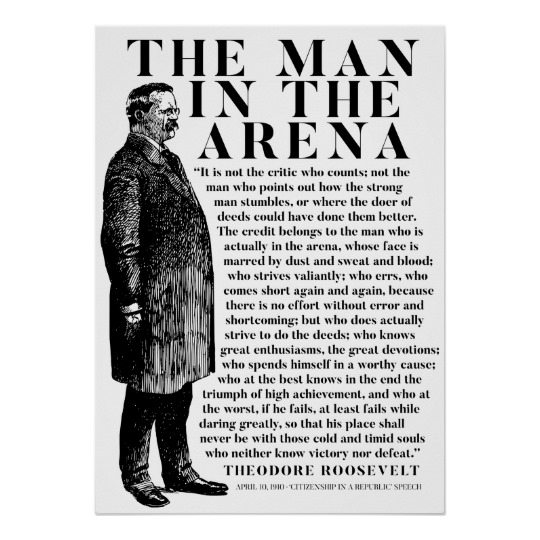Becoming a Beast Tamer
The Beast Tamer Challenge.
Between April 2016 and February 2019, I thought about this challenge every day. It was on my mind every time I trained. I’d start thinking about it as I innocently walked past a kettlebell. Then, without warning, it would enter my dreams. Until I conquered this challenge, it was conquering me.
If you’re unfamiliar with the Beast Tamer, it involves three events with a 106 lb kettlebell:
a strict overhead press with no knee bend and minimal side bend
a dead-hang, thumbless pull-up with the kettlebell attached to your waist (and yes, your throat - not the underside of your chin - must touch the bar)
a pistol - otherwise known as a single leg squat - where your hips must break parallel with your knee while you hold the bell.
For those those of us that have a kettlebell problem, it’s fun. Only 70 men had ever completed it under StrongFirst. My goal was to become #71.
To be transparent, I failed this challenge twice - in August 2016 and April 2018. And because #introvertsbeintroverts, I’ve written about my failed attempts here and here.
Fast forward to February 22nd, 2019.
After assisting at a StrongFirst Level 1 certification, I drank caffeine, listened to what my wife refers to as “gutter music,” and warmed up to complete the challenge. I pressed The Beast and received three thumbs up from the judges, signaling a successful attempt. The press had been my most difficult lift of the three, so I had a good feeling going into the next two.
If I ever had to write a story based on this picture, it’d be titled: “The Beast and I: An Unconventional Love Story.”
After failing the pull-up during my first attempt in 2016, I was determined to never let it be the weak link in my training. It showed. I made the audience erupt with cheers and laughter with how easy I made the 106 lb weighted pull-up appear. It was time for the final piece: the pistol.
While the single-leg squat was always the easiest event for me, it was the event I had trained the least leading up to this attempt. I picked up the bell, stomped my right foot, picked up my left and began my descent.
I’ll always remember the way up from the bottom, as I heard the cheers from the crowd and knew it was the final piece. There it was - The Beast had been tamed.
After shaking hands with the judges, I had a moment of clarity - one that can only be had with the appropriate amounts of relief, endorphins, and a little Red Bull:
The only reason I passed the challenge was because I had failed it twice.
Now, this type of outlook isn’t surprising to those that know me. I’m a very “growth-mindset” type of person. I credit much of this outlook to my experience as a member of the Vassar Baseball team (yes, men do go to Vassar College, and yes, we had a baseball team. We even had uniforms; it was the real deal).
We were bad. And I do mean bad. 6 wins and 31 losses in a season-type-of-bad. Followed by 5 wins and 24 losses the next year. I would watch teammates get frustrated, sulk, and slowly give up on the season with the mounting losses. I’d watch others with the ability to learn from mistakes, process them, and quickly move on. If winning really does cure all ills, then losing is a window into your own personality, grit, and industriousness.
I’d like to think all of this losing wasn’t for nothing. It was good training for entering the work force during the 2008 financial crisis and for eventually changing careers without the fear of failure.
Turning back to the Beast Tamer, I eventually found out that most Beast Tamers failed their first attempts as well. Some tried for months to complete the challenge, others tried for years. There’s a mutual respect among Beast Tamers - and the women’s equivalent, Iron Maidens - because we all know the time, effort, and perseverance needed to join the club.
At the same time, I’ve known others that failed the Beast Tamer/Iron Maiden and said they never wanted to try again. The fear of failing in front of 200+ people, not to mention the thought of “wasting” all that time spent training for it, can be a bit much for people. I get it.
But my advice? There’s something to be said about making yourself completely vulnerable. Teddy Roosevelt was onto something when he spoke of “The Man in the Arena.”
Because that’s where real learning begins.


